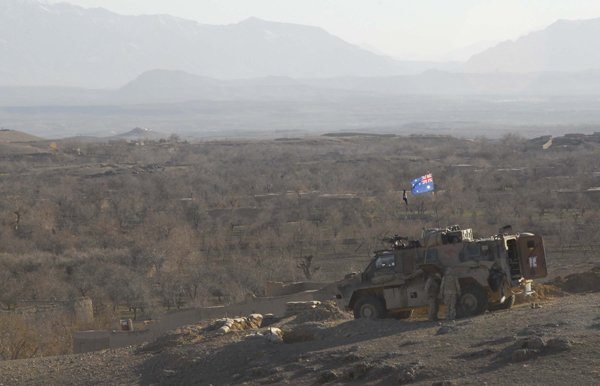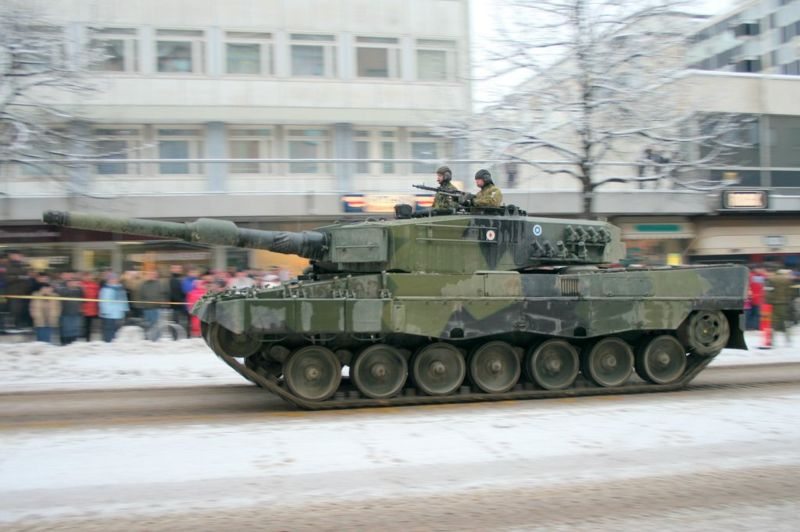Yesterday’s approval of $550 million worth of military projects is not enough to put Defence back on track to meet its 2009 White Paper force development commitments, an analyst has warned.
Heading the list is $325 million for 950 unarmoured Mercedes G Wagon four-wheel-drives to complete the replacement of the Land Rover Fleet.
The sophisticated cross-country vehicles will be used for day-to-day work and to train soldiers to operate armoured versions of similar light trucks.
The Australian Strategic Policy Institute’s operations and capability program director, Andrew Davies, welcomed the approvals for new training vehicles and missile and communication programs but said Australia was still well short of meeting its Force 2030 capability targets.
He blamed the substantial delays on cumbersome approval processes, industry underperformance and a Government reluctance to sign off on projects that hadn’t been rigorously developed.
These, in turn, have compounded the effects of the Government’s decision to defer $9 billion in planned defence spending beyond 2016 just two weeks after the White Paper was released.
The state-of-the-art G Wagons are to be complemented by 200 load modules, to be built in Newcastle, and 830 trailers which will be built in Queensland at a combined cost of $100 million.
A further $100 million is to be spent upgrading existing anti-aircraft and anti-ship missiles so they can be used on the new Air Warfare Destroyers.
Defence will also pay NATO $20 million towards a risk reduction study on the Evolved Sea Sparrow Missile.
Another $12 million will go towards upgrading Defence’s satellite communications.
This money will go to portable land satellite communications terminals and upgraded satellite communications for the fleet.
Defence Minister Stephen Smith defended current practices yesterday when asked if more should be done to use defence spending to support local industry.
”It’s important that when it comes to defence capability that we run a national security capability policy, not a local industry policy,” he said. ”Having said that, in any given year you’ll have $6 billion or more that goes into the Australian economy on acquisition of capability, on maintenance [and] on sustainment.”
The Government has also committed $14 million to fund 4000 training places across 109 companies to boost the skills of the Defence industry workforce.
About $1.4 million of this is to be used to support 250 aerospace, engineering fabrication and electro technology apprentices.











